How To… Make your own wind turbine
T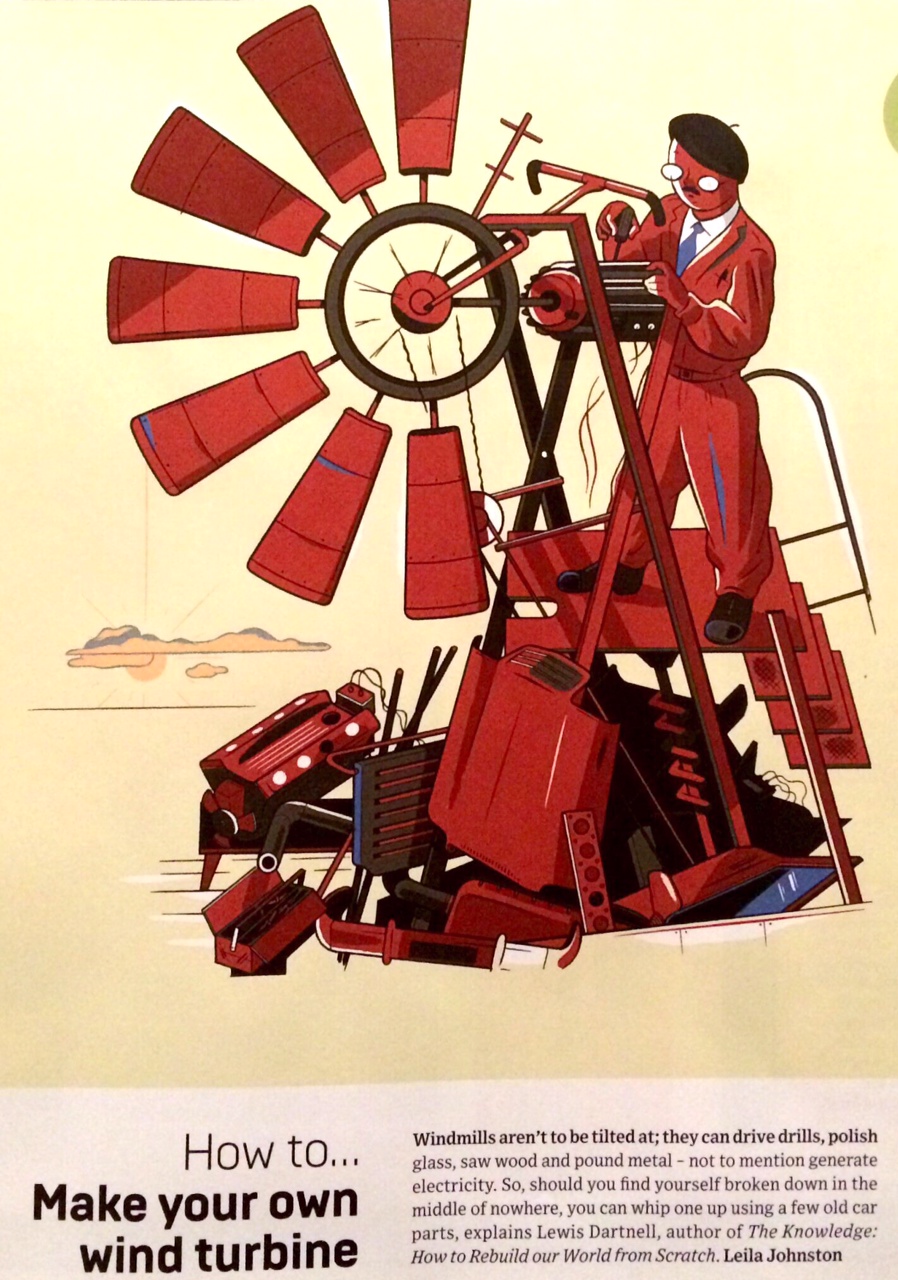 he September issue of Wired magazine carries an article by me and Leila Johnston about how to make your own wind turbine. This piece draws on the material from the first chapter of The Knowledge, talking about how you can use ingenuity and resourcefulness to scavenge and repurpose all you need to maintain a comfortable lifestyle in the immediate aftermath. For instance, the vital component of a wind turbine that generates electricity for you can be cannibalised right out of any car or truck engine – the alternator.
he September issue of Wired magazine carries an article by me and Leila Johnston about how to make your own wind turbine. This piece draws on the material from the first chapter of The Knowledge, talking about how you can use ingenuity and resourcefulness to scavenge and repurpose all you need to maintain a comfortable lifestyle in the immediate aftermath. For instance, the vital component of a wind turbine that generates electricity for you can be cannibalised right out of any car or truck engine – the alternator.
 The article was on the news-stands in September, is still available on the Wired app on iTunes or Google Play, or online here.
The article was on the news-stands in September, is still available on the Wired app on iTunes or Google Play, or online here.
Also check out The Knowledge posts on How to convert a washing machine motor into a generator, How to convert a ceiling fan into a wind turbine, and the Estream portable water turbine.

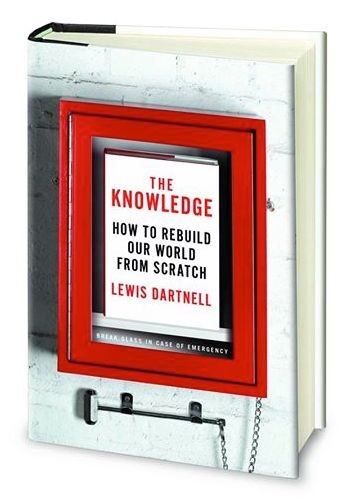
 Mark Westcott is a TV documentary director from London. He worked on the Discovery channel series ‘
Mark Westcott is a TV documentary director from London. He worked on the Discovery channel series ‘ One of the topics I discuss in the opening chapters of The Knowledge is how quickly our asphalt roads would deteriorate after a collapse of civilisation, and so why it might be much easier for long-distance travel and trade in a post-apocalyptic world to use the abandoned railway tracks. Two artists have completed a fascinating exploration project along these lines.
One of the topics I discuss in the opening chapters of The Knowledge is how quickly our asphalt roads would deteriorate after a collapse of civilisation, and so why it might be much easier for long-distance travel and trade in a post-apocalyptic world to use the abandoned railway tracks. Two artists have completed a fascinating exploration project along these lines.

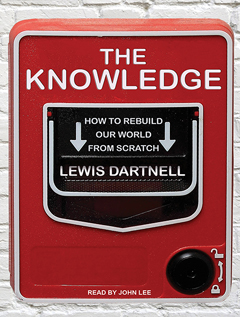 June Is National Audiobook Month, and to celebrate Tantor Audio are running an audiobook special offer through the month. Throughout June, The Knowledge audiobook will be
June Is National Audiobook Month, and to celebrate Tantor Audio are running an audiobook special offer through the month. Throughout June, The Knowledge audiobook will be 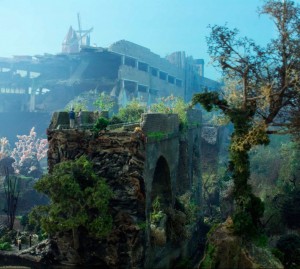 Last September I found myself gazing at the sunset over the London skyline. I was on the roof of Peckham’s multi-storey car park. There’s a multiplex cinema at the front, and the top three floors are home to a summer pop-up bar and sculpture show. The thought struck me that my next diorama project should be a ruin – a post apocalyptic diorama – and why not choose the very building I’m standing on…? My art practice employs architectural model-making to create photographic narratives and the idea of an overgrown but recognisable (at least to the people of Peckham) future ruin appealed. So here is my large-scale diorama of a post-apocalyptic Peckam…
Last September I found myself gazing at the sunset over the London skyline. I was on the roof of Peckham’s multi-storey car park. There’s a multiplex cinema at the front, and the top three floors are home to a summer pop-up bar and sculpture show. The thought struck me that my next diorama project should be a ruin – a post apocalyptic diorama – and why not choose the very building I’m standing on…? My art practice employs architectural model-making to create photographic narratives and the idea of an overgrown but recognisable (at least to the people of Peckham) future ruin appealed. So here is my large-scale diorama of a post-apocalyptic Peckam…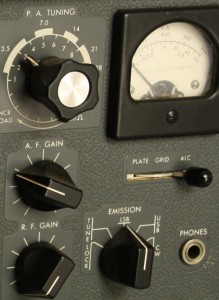 If our modern civilisation ever were to collapse – taking with it global communication technologies like the internet, satellites, cell phones and undersea cables – with the right knowledge it wouldn’t be too hard to reconstruct from scratch the means for communicating around the world. All you need is a radio set not much bigger than a couple of shoe boxes and a wire antenna strung between two trees. And the basic building block for electronics and reinstating long-distance radio communications, but still something you could build yourself, is the triode vacuum tube. Here’s how…
If our modern civilisation ever were to collapse – taking with it global communication technologies like the internet, satellites, cell phones and undersea cables – with the right knowledge it wouldn’t be too hard to reconstruct from scratch the means for communicating around the world. All you need is a radio set not much bigger than a couple of shoe boxes and a wire antenna strung between two trees. And the basic building block for electronics and reinstating long-distance radio communications, but still something you could build yourself, is the triode vacuum tube. Here’s how…